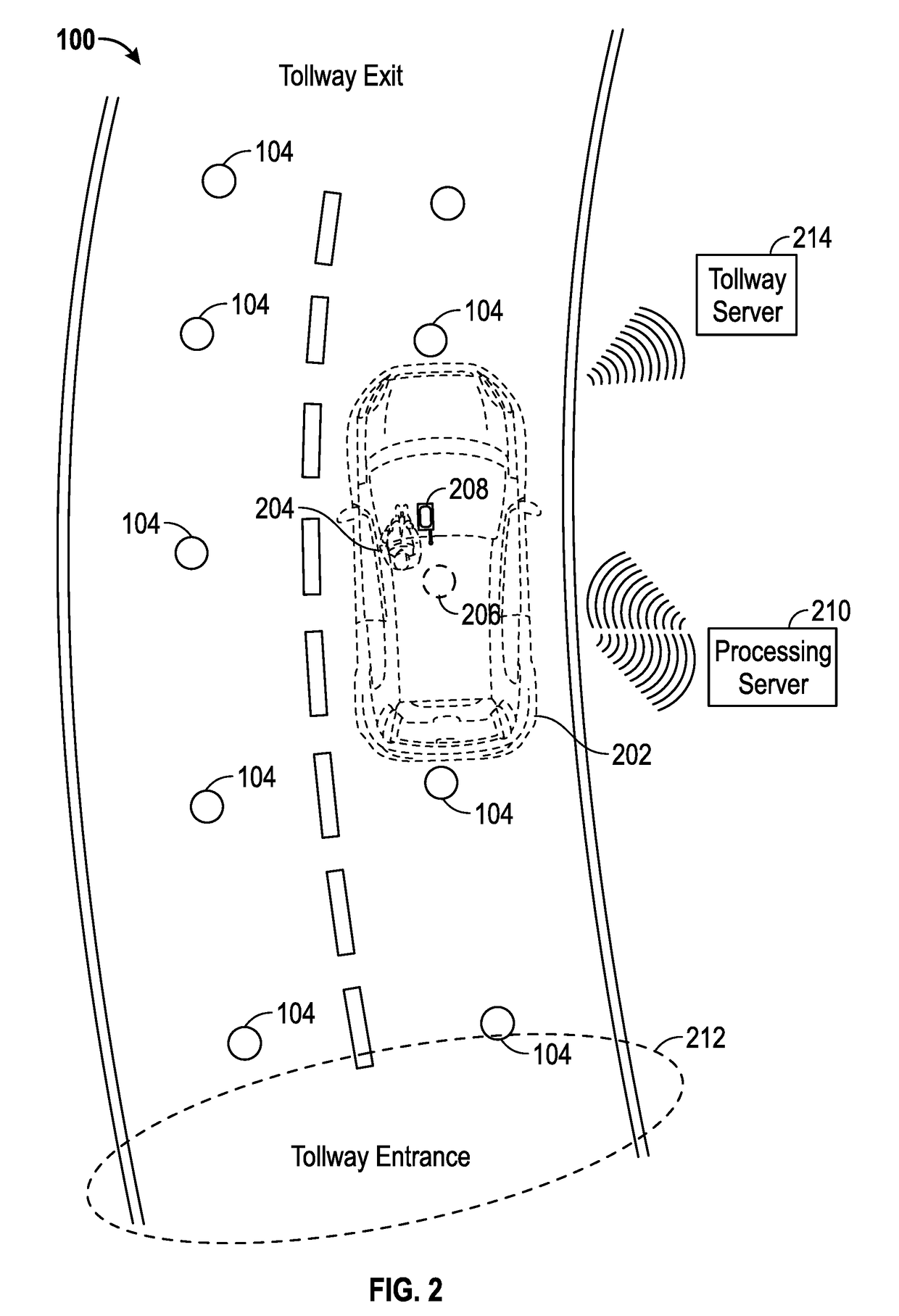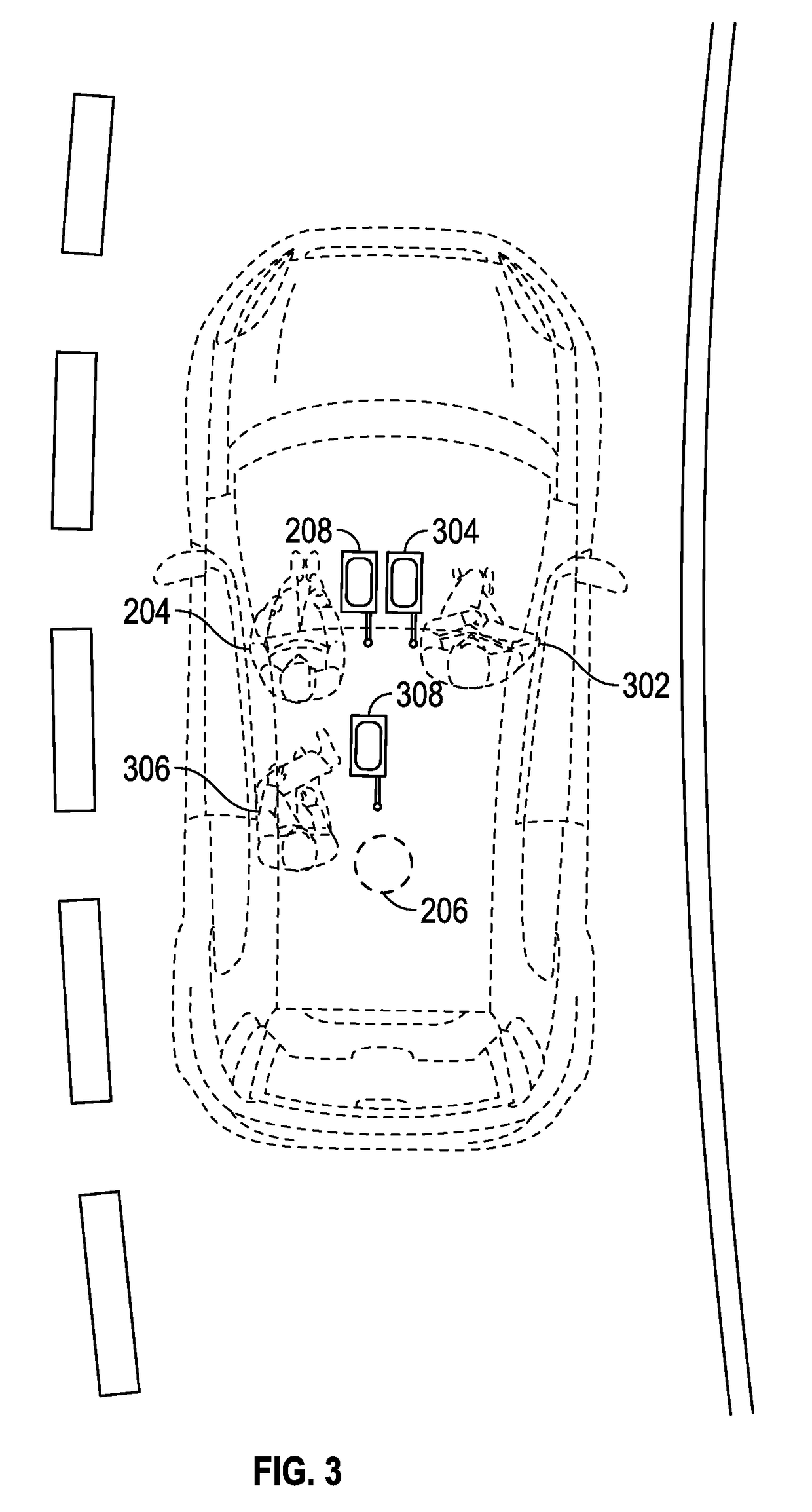Systems and Methods for Monitoring Roadways Using Magnetic Signatures
- Summary
- Abstract
- Description
- Claims
- Application Information
AI Technical Summary
Benefits of technology
Problems solved by technology
Method used
Image
Examples
Embodiment Construction
[0021]Devices equipped with magnetometers are able to identify unique geomagnetic signatures for every position on the Earth. A magnetometer generally measures the direction of its position from the magnetic North Pole and the strength of the Earth's magnetic field at that location. The combination of the heading and strength measurements at a particular location is often referred to as the geomagnetic signature or magnetic fingerprint of that physical location. While latitude and longitude values are unique in their identification of points on the Earth, magnetometer heading and strength values are theoretically capable of repeating at various points on the Earth. Therefore, because magnetometer measurements are not guaranteed to be unique across every point on the Earth (e.g., the strength of the magnetic field across the Earth changes in a non-linear fashion), reliability of their use for location identification applications is improved by utilizing them in a system in which geom...
PUM
 Login to View More
Login to View More Abstract
Description
Claims
Application Information
 Login to View More
Login to View More - R&D
- Intellectual Property
- Life Sciences
- Materials
- Tech Scout
- Unparalleled Data Quality
- Higher Quality Content
- 60% Fewer Hallucinations
Browse by: Latest US Patents, China's latest patents, Technical Efficacy Thesaurus, Application Domain, Technology Topic, Popular Technical Reports.
© 2025 PatSnap. All rights reserved.Legal|Privacy policy|Modern Slavery Act Transparency Statement|Sitemap|About US| Contact US: help@patsnap.com



